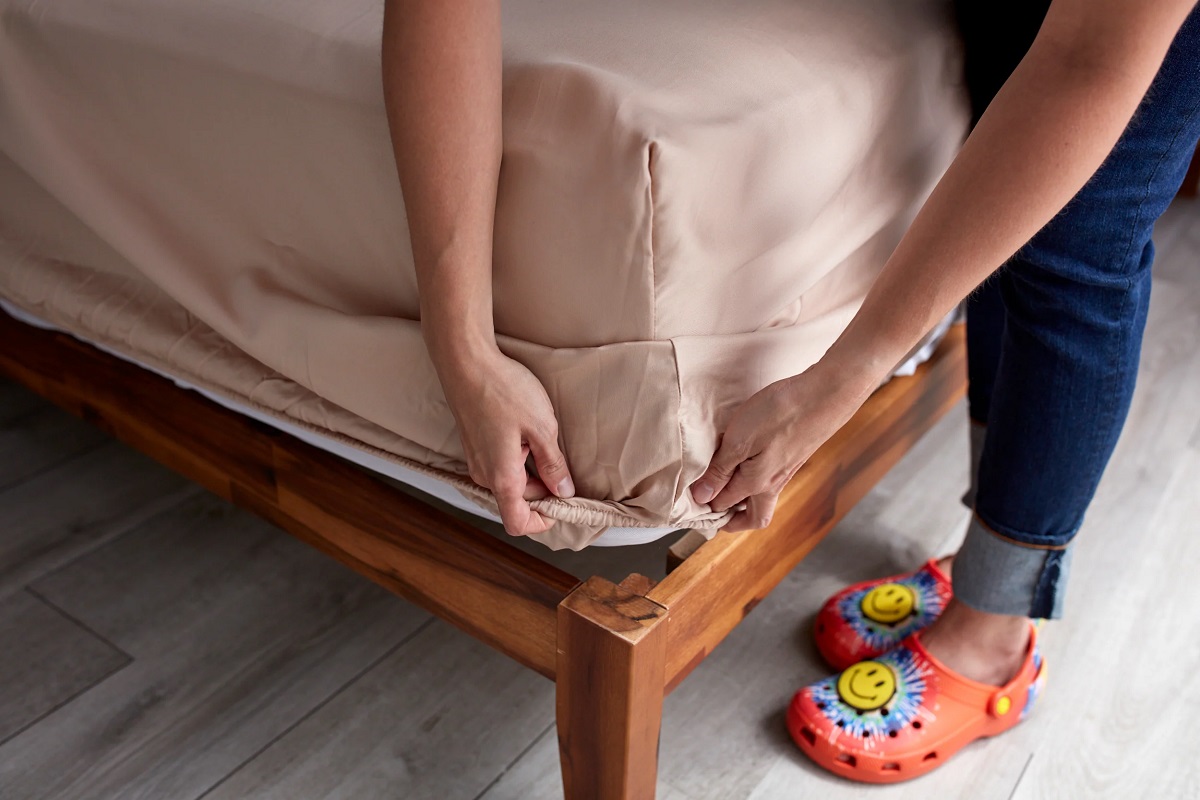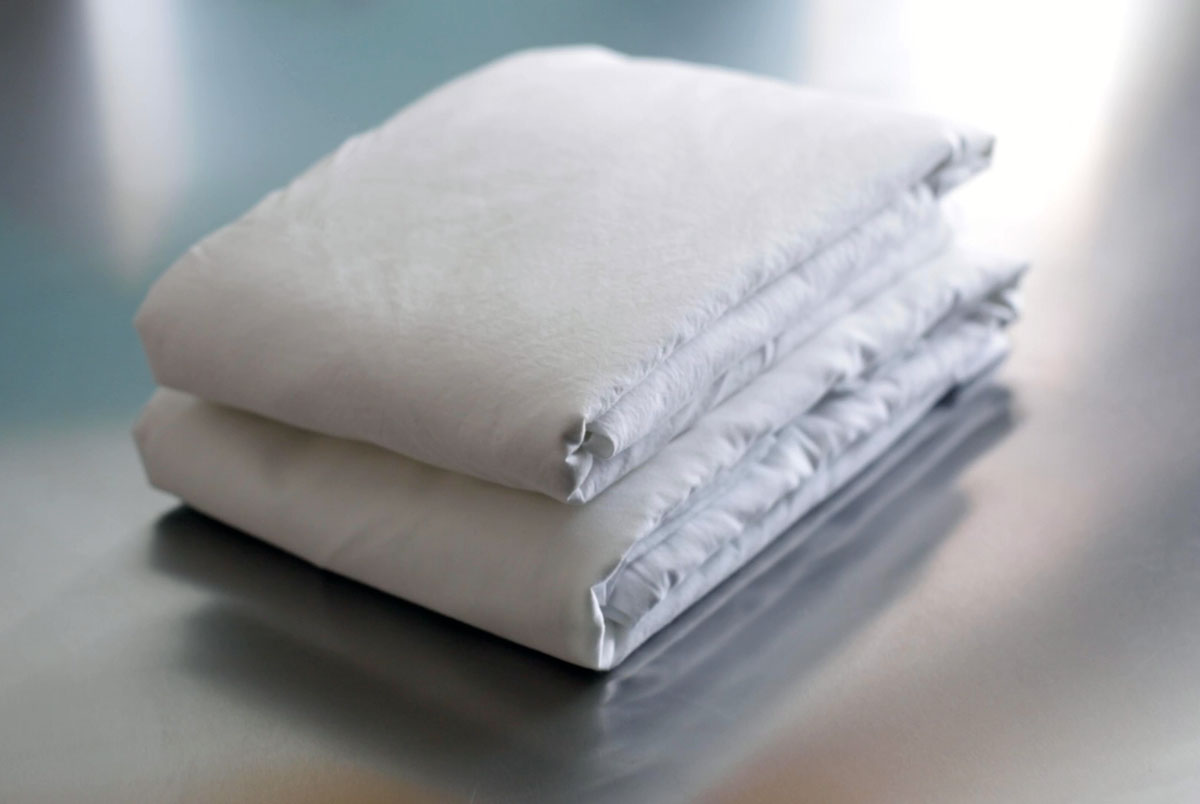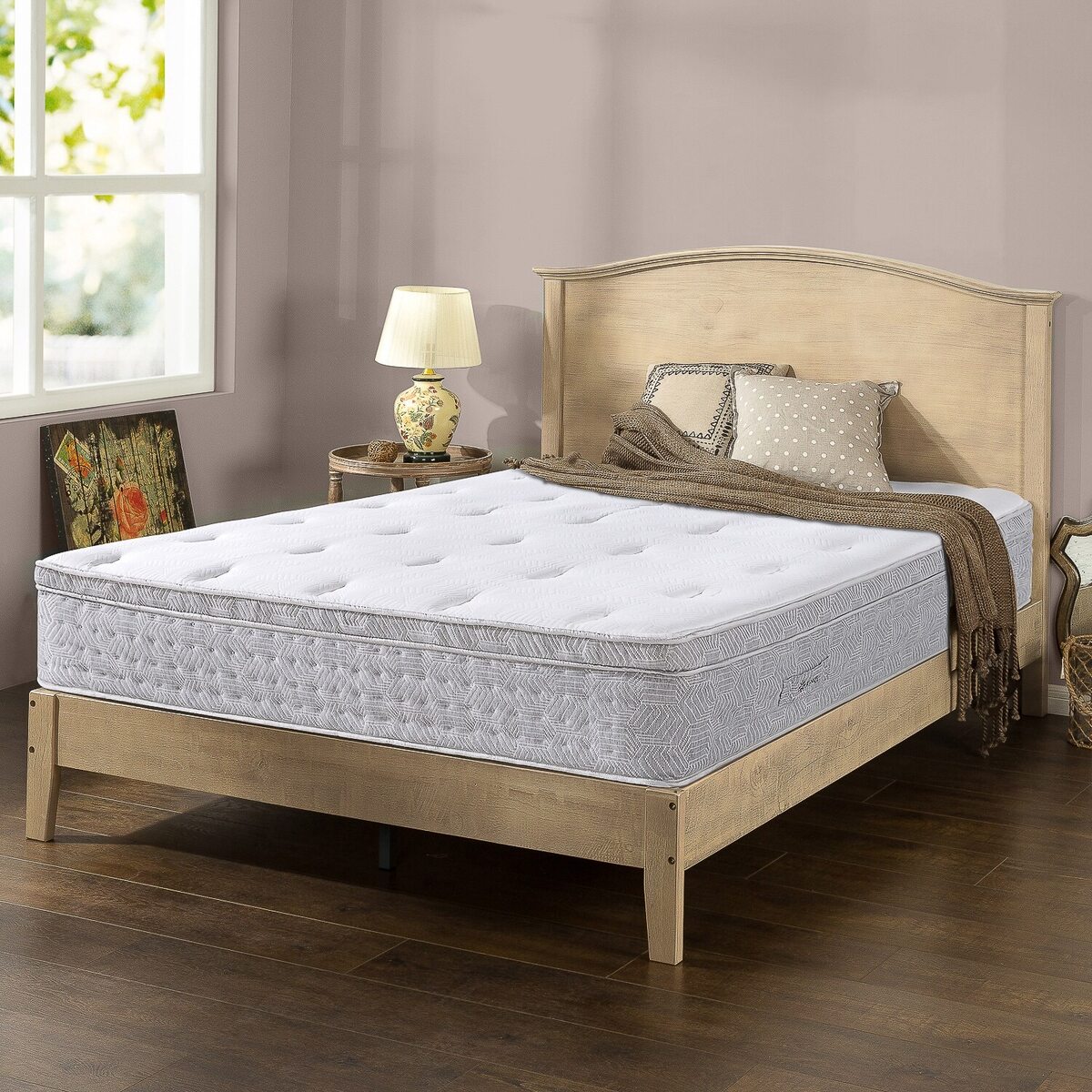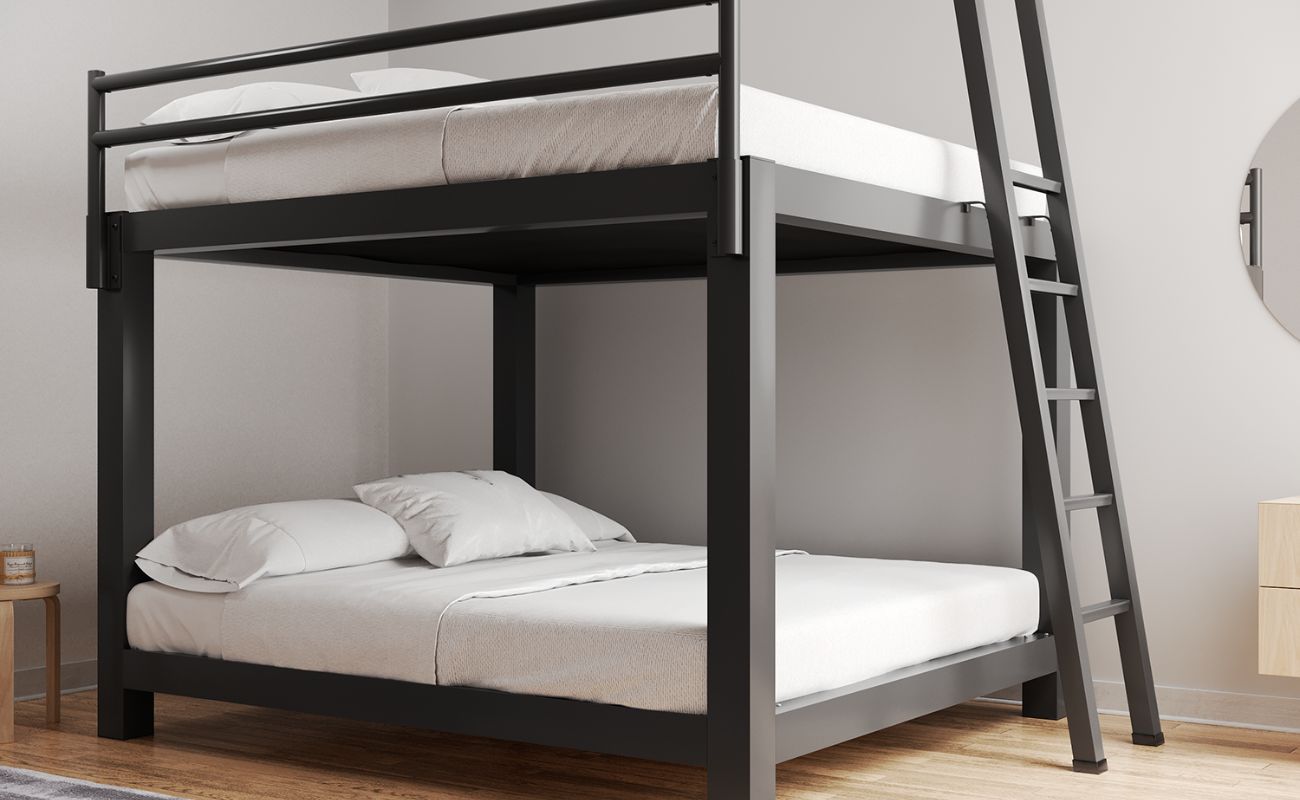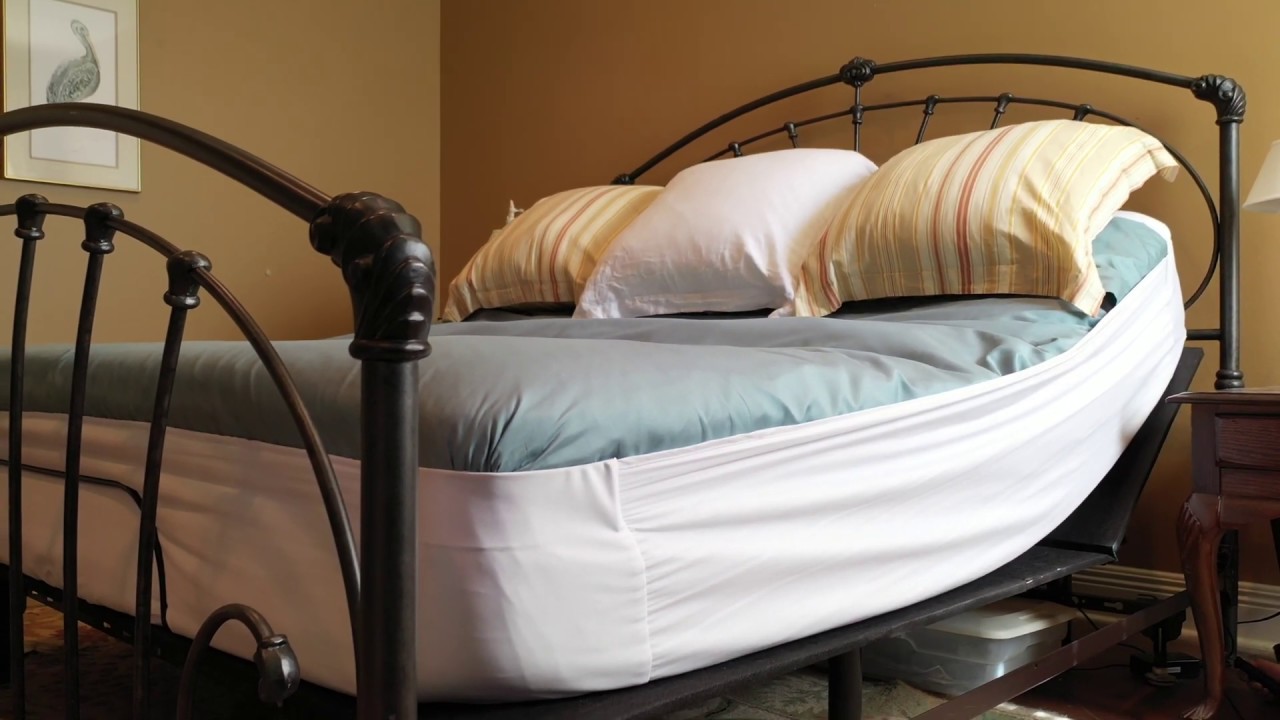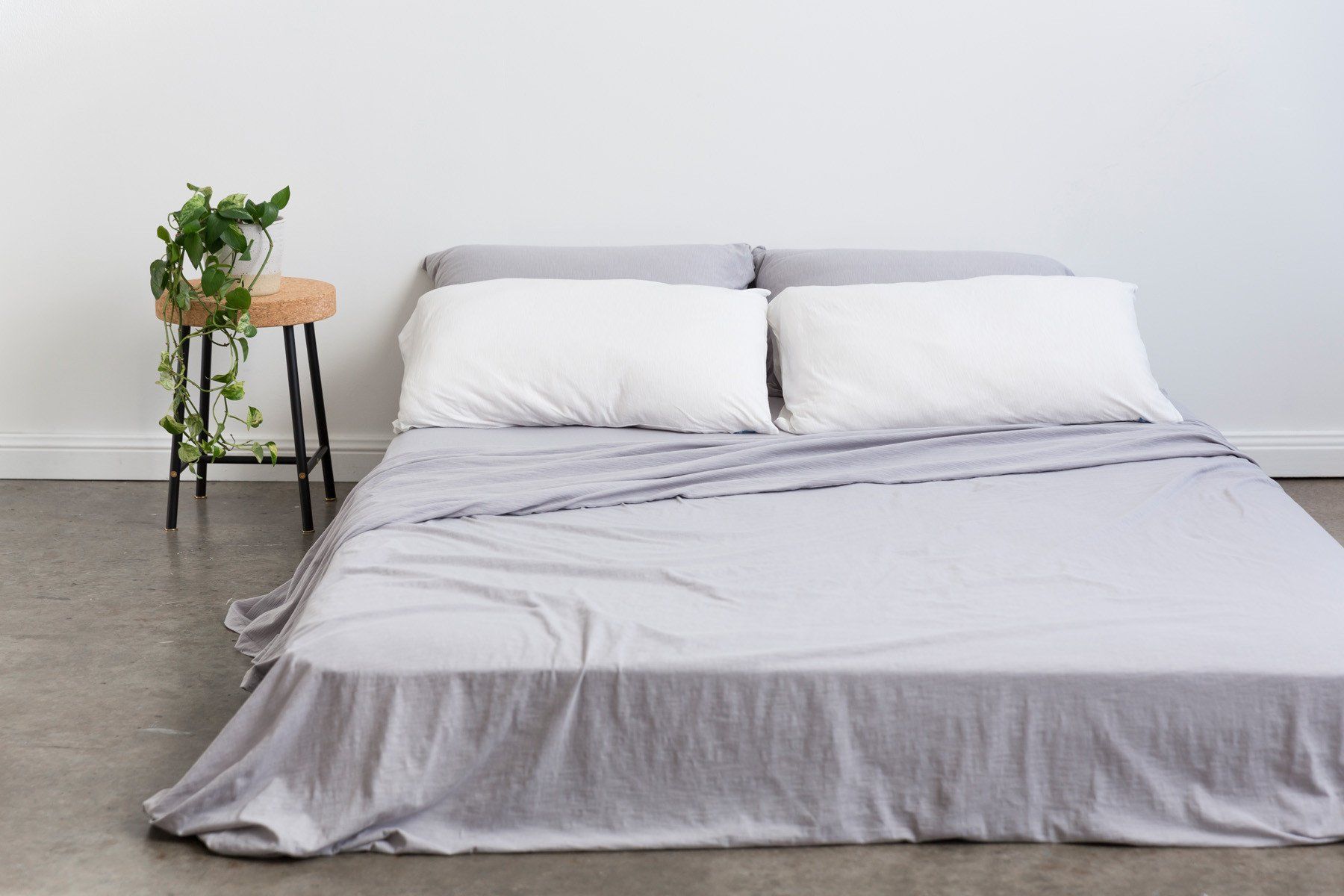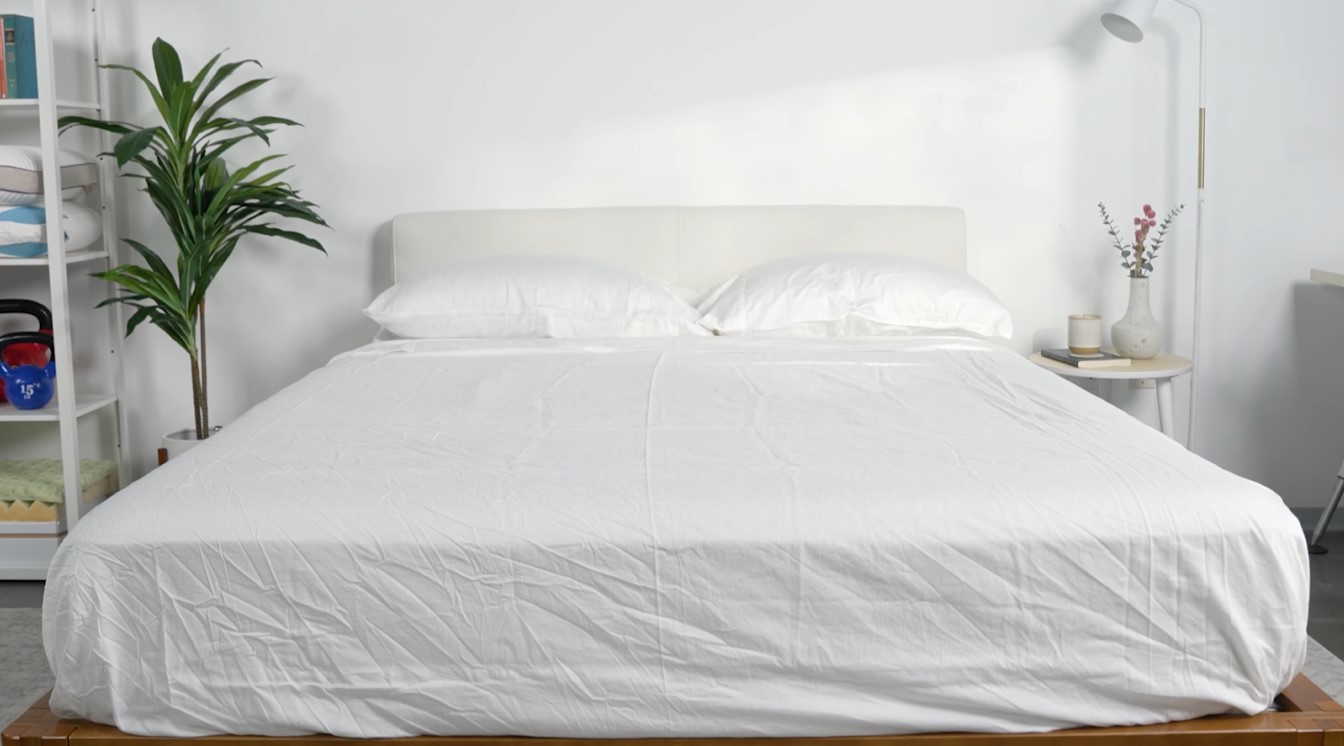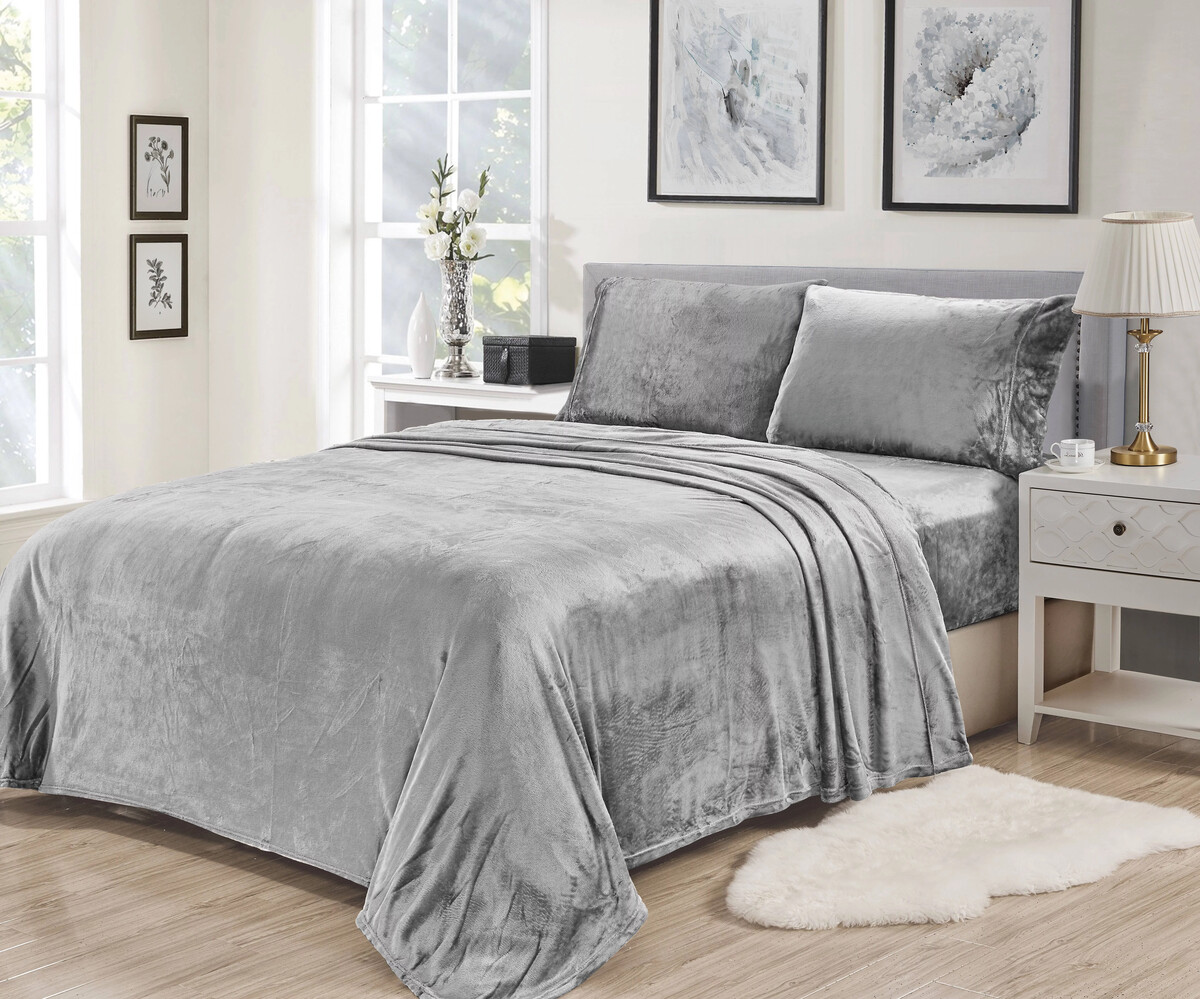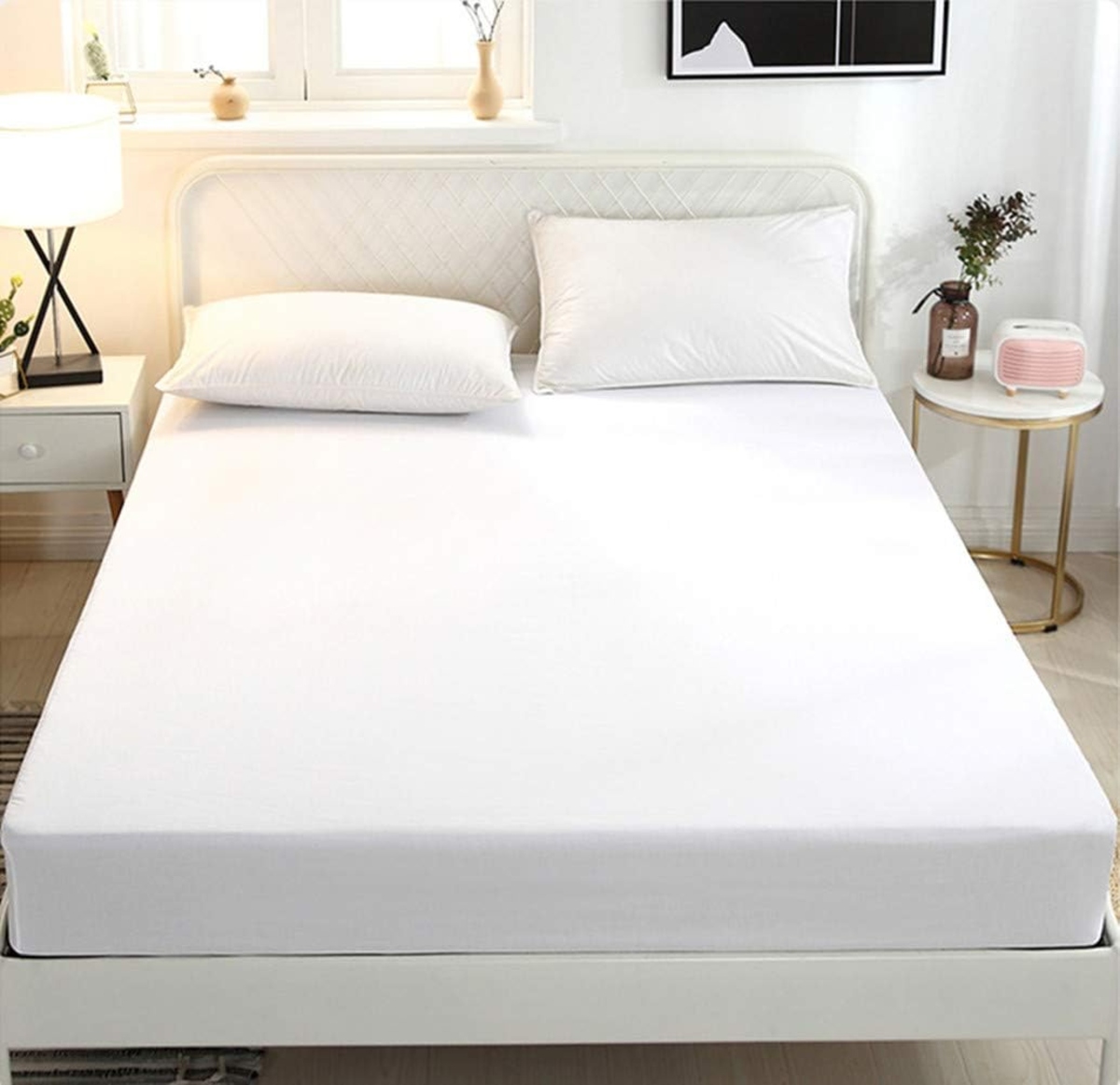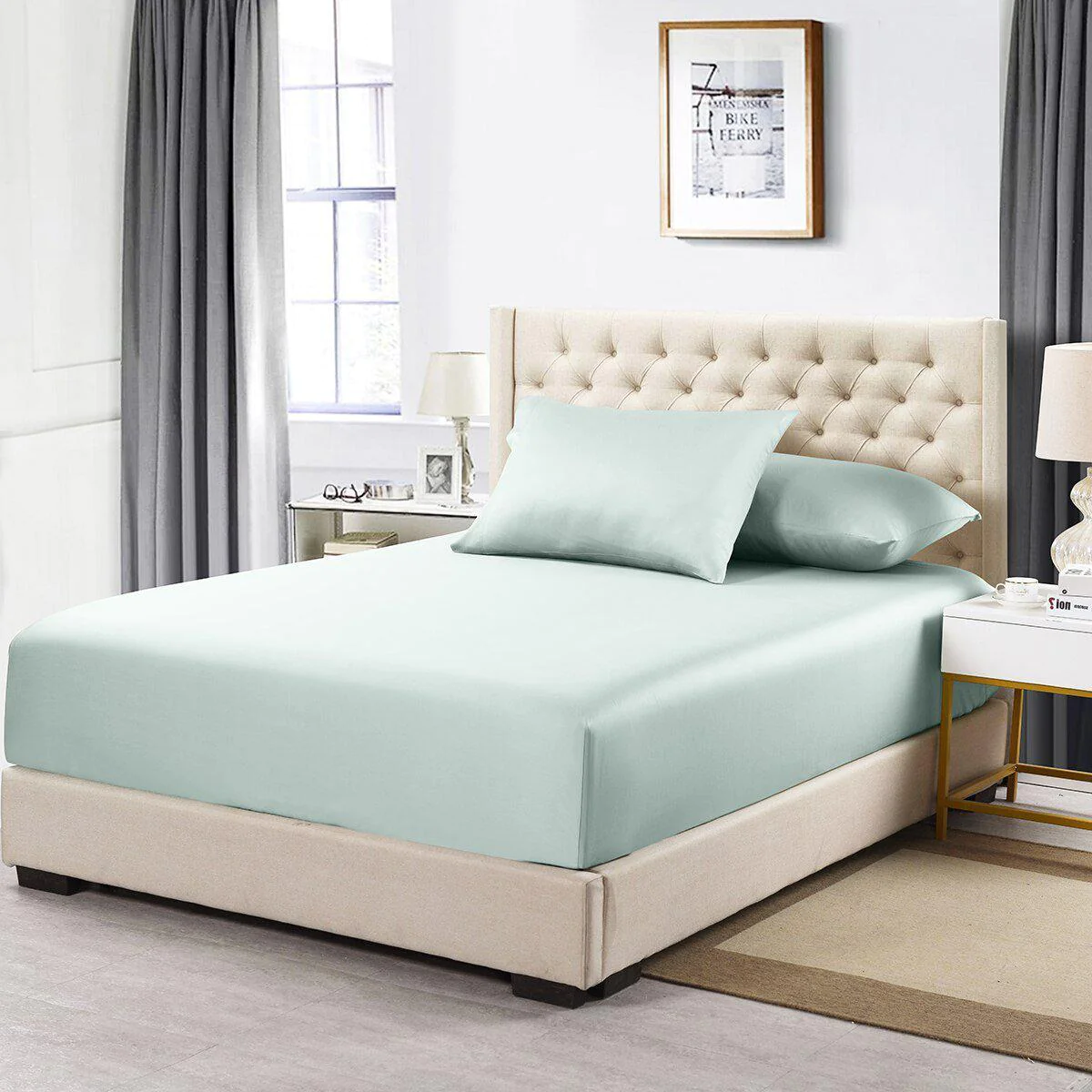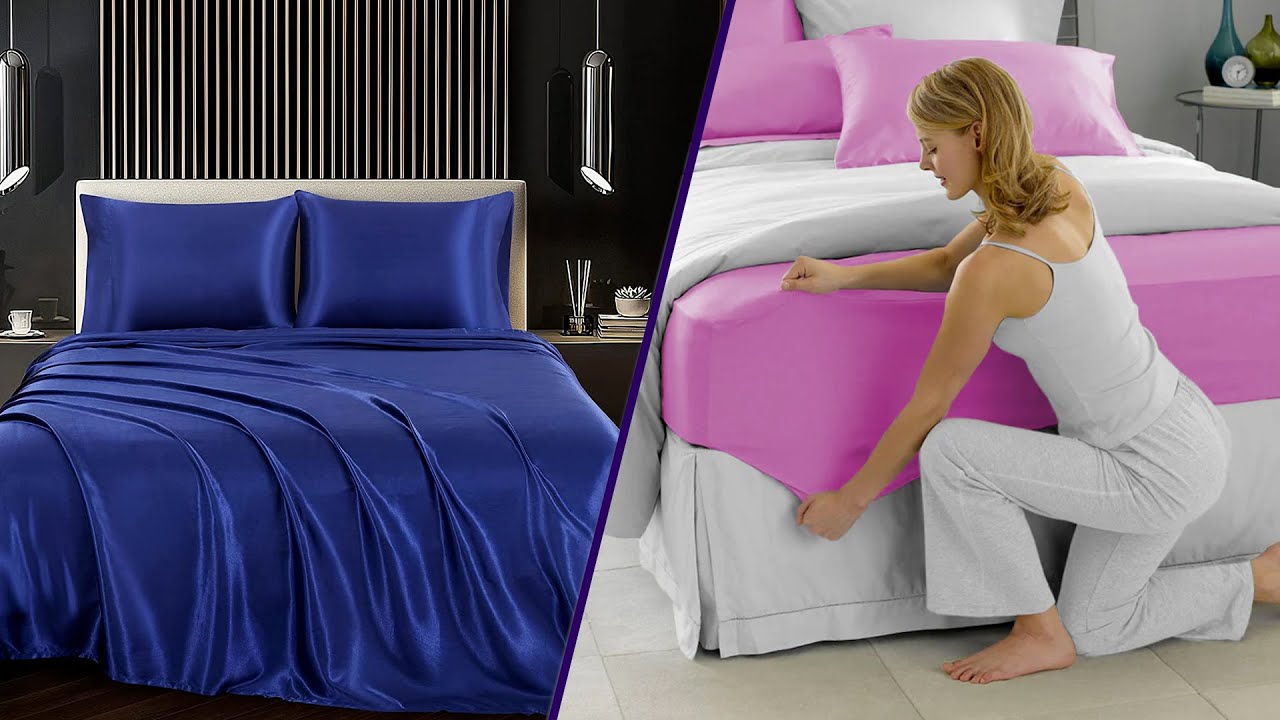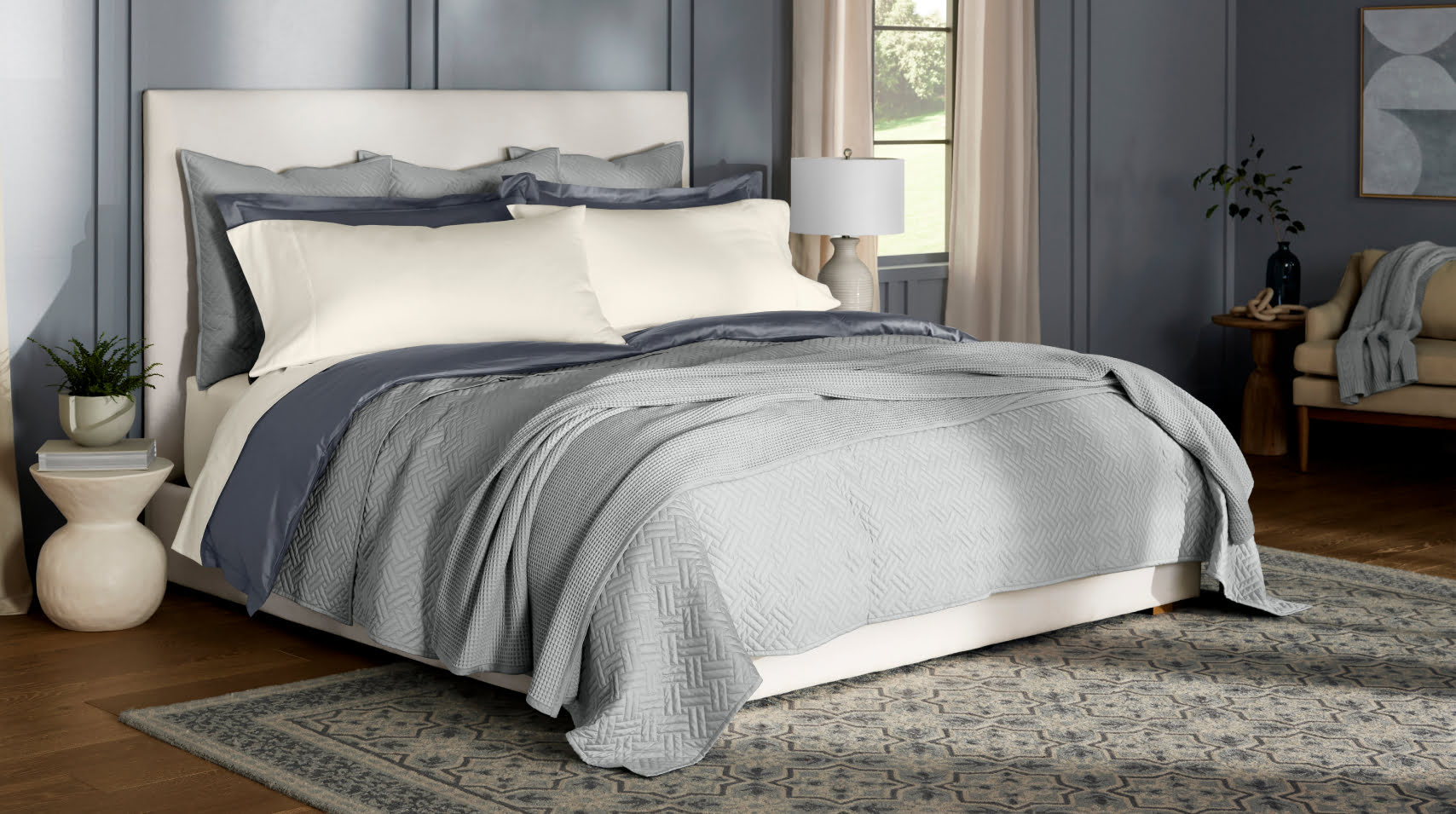Home>Furniture>Bedroom Furniture>What Size Sheets Fit A Hospital Bed
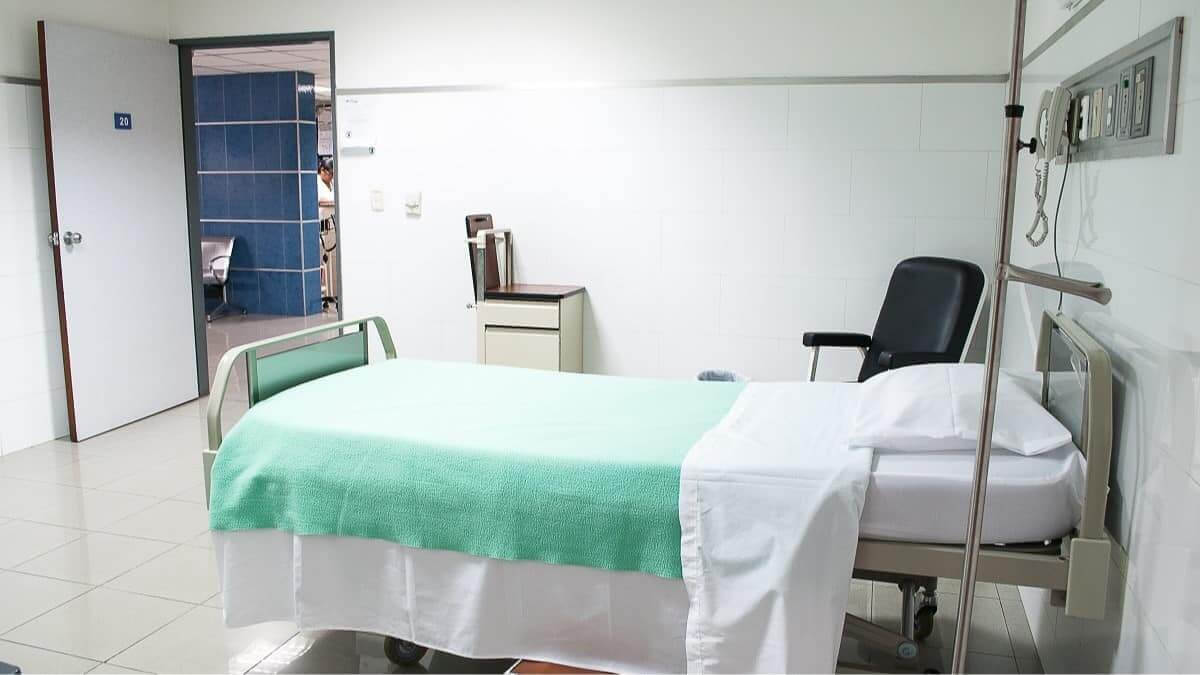

Bedroom Furniture
What Size Sheets Fit A Hospital Bed
Modified: August 25, 2024
Find the perfect fit for your hospital bed with our selection of bedroom furniture. Discover what size sheets are compatible and ensure a comfortable night's sleep.
(Many of the links in this article redirect to a specific reviewed product. Your purchase of these products through affiliate links helps to generate commission for Storables.com, at no extra cost. Learn more)
Introduction
Welcome to our comprehensive guide on choosing the right size sheets for a hospital bed. When it comes to outfitting a hospital bed, finding the perfect sheets can make a significant difference in comfort and overall well-being. Hospital beds are designed with unique dimensions and features that require specially sized sheets to ensure a proper fit.
In this article, we will delve into the various sizes of hospital beds, explore the standard dimensions, discuss the appropriate sheet sizes, and provide helpful tips for selecting the best sheets for hospital beds. So, whether you are caring for a loved one at home or working in a healthcare setting, this guide will serve as a valuable resource to make the bedding selection process easier.
Understanding the specific sizing requirements for hospital beds is crucial to ensure optimal sleep and comfort for patients. Hospital beds come in different sizes, including standard, extra wide, and bariatric options. These beds are designed to accommodate individuals with varying needs and medical conditions.
When it comes to sheet sizes for hospital beds, it is essential to choose the correct dimensions to ensure a snug fit. Properly fitted sheets not only provide comfort but also help maintain a clean and hygienic environment. Ill-fitting sheets can cause discomfort, wrinkles, and can potentially lead to bedsores.
In the next section, we will discuss the standard dimensions for hospital beds to give you a clear understanding of the different sizes available in the market. Understanding these dimensions is vital when selecting the appropriate sheet size for a hospital bed.
Key Takeaways:
- Properly fitted sheets are essential for hospital beds to ensure comfort, hygiene, and prevent potential bedsores. Understanding the specific dimensions and selecting the right sheet size is crucial for optimal patient care.
- When choosing hospital bed sheets, prioritize comfort, durability, and patient needs. Consider factors such as material, safety features, and ease of maintenance to create a soothing and tailored sleeping environment for patients.
Read more: What Size Is A Hospital Bed
Understanding Hospital Bed Sizes
Before diving into the specific sheet sizes for hospital beds, it’s important to have a solid understanding of the different sizes available. Hospital beds come in various dimensions to accommodate different patient needs and medical conditions.
Standard hospital beds are typically 36 inches wide and 80 inches long. These beds are designed to fit most individuals comfortably. However, it’s worth noting that some hospital beds may deviate slightly from these standard measurements, so it’s always a good idea to double-check the dimensions of the bed you are working with.
In addition to standard-sized beds, there are also extra-wide hospital beds available. These beds are wider than the standard models and provide additional space for individuals who require more room or have mobility issues. Extra-wide hospital beds can range anywhere from 42 inches to 48 inches in width, depending on the model.
Another specialized type of hospital bed is the bariatric bed. Bariatric beds are designed to support individuals with higher weight capacities. These beds are wider and sturdier than standard hospital beds, with widths typically ranging from 48 inches to as much as 60 inches.
Understanding the different sizes and variations in hospital beds is crucial when it comes to choosing the right sheet size. Each bed size requires sheets that are specifically designed to fit the corresponding dimensions, ensuring a snug and secure fit.
Now that we have covered the basics of hospital bed sizes, let’s move on to the next section, where we will discuss the specific sheet sizes that are suitable for the different types of hospital beds.
Standard Hospital Bed Dimensions
Standard hospital beds are the most common type of bed found in healthcare settings and home care environments. These beds are designed to accommodate most individuals comfortably, providing a safe and supportive sleeping surface.
The standard dimensions of a hospital bed typically measure 36 inches in width and 80 inches in length. These measurements ensure that the bed can accommodate the average adult without feeling cramped or constricted. However, it’s important to note that there may be slight variations in bed dimensions depending on the specific make and model.
Standard hospital beds are equipped with adjustable features to provide optimal comfort and support. These features include adjustable head and foot sections, height adjustments, and side railings for safety. The adjustable nature of the bed allows for customization to meet the patient’s specific needs and promote better rest and recovery.
When it comes to selecting the right sheet size for a standard hospital bed, it’s crucial to choose sheets that are designed to fit the specific dimensions. Standard hospital bed sheets are typically made to fit a mattress measuring 36 inches in width and 80 inches in length. These sheets are specially crafted to provide a snug and secure fit, preventing them from slipping or bunching up during use.
Additionally, it’s worth mentioning that standard hospital beds can also accommodate regular twin-sized sheets in some cases. Twin-sized sheets are readily available and can be an alternative option if specialized hospital bed sheets are not easily accessible. However, it’s important to ensure that the sheets are securely fitted to prevent any discomfort or potential bedsores.
Understanding the standard dimensions of a hospital bed is essential when it comes to selecting the right sheet size. The next section will focus on the specific sheet sizes that are suitable for hospital beds, ensuring a comfortable and secure fit for patients.
Sheet Sizes for Hospital Beds
When it comes to selecting the appropriate sheet size for a hospital bed, it’s essential to choose sheets that fit the specific dimensions of the bed. Ill-fitting sheets can cause discomfort for patients, leading to sleep disturbances and potential skin irritation. To ensure optimal comfort and a secure fit, it’s important to consider the following sheet sizes for hospital beds.
The most common sheet size for a standard hospital bed is 36 inches wide by 80 inches long. These sheets are specifically designed to fit the unique dimensions of a hospital bed and provide a snug, wrinkle-free fit. It’s important to note that standard hospital beds may have slight variations in size, so it’s always a good idea to measure the bed to ensure an accurate fit.
For extra-wide hospital beds, the sheet size may vary depending on the specific measurements of the bed. Extra-wide beds typically range from 42 inches to 48 inches in width. It’s crucial to select sheets that are designed to fit these wider dimensions to ensure a proper fit without excess fabric that can bunch up or become loose during use.
For bariatric beds, which are wider and sturdier than standard hospital beds, the sheet sizes required will vary based on the specific width of the bed. Bariatric beds can range anywhere from 48 inches to 60 inches in width. It’s important to select sheets that are specifically designed for bariatric beds to ensure a secure fit and maximum durability.
When it comes to choosing the right sheet material for hospital beds, it’s important to prioritize comfort, durability, and easy maintenance. Look for sheets made from soft, breathable fabrics that promote airflow and help regulate body temperature. Additionally, consider choosing sheets made from hypoallergenic materials to minimize any potential allergic reactions or irritations.
It’s also worth noting that fitted sheets are a popular choice for hospital beds as they offer a secure and snug fit. Fitted sheets have elasticized corners that help hold the sheet in place and prevent it from slipping or becoming loose during use. This can provide added comfort and peace of mind for both patients and caregivers.
In summary, selecting the right sheet size for a hospital bed requires considering the specific dimensions of the bed, whether it’s a standard, extra-wide, or bariatric model. By choosing sheets that are tailored to the bed’s dimensions and made from comfortable and durable materials, patients can experience better sleep and overall comfort during their time in the hospital or at home.
When looking for sheets for a hospital bed, make sure to check the dimensions of the bed first. Most hospital beds are twin size, so twin size sheets should fit. However, it’s always best to measure the bed to ensure a proper fit.
Factors to Consider When Choosing Hospital Bed Sheets
When it comes to selecting hospital bed sheets, there are several important factors to consider to ensure optimal comfort, hygiene, and durability. By taking these factors into account, you can choose the right sheets that meet the specific needs of patients and caregivers.
1. Size and Fit: The most crucial factor to consider is the size of the sheets. It’s important to choose sheets that are specifically designed to fit the dimensions of the hospital bed. Whether it’s a standard, extra-wide, or bariatric bed, selecting sheets that offer a snug and secure fit is essential to prevent wrinkles, discomfort, and potential bedsores.
2. Material and Comfort: Consider the material used to make the sheets. Opt for soft and breathable fabrics that provide comfort and promote airflow. Cotton and cotton blends are popular choices as they are soft, hypoallergenic, and easy to maintain. Additionally, look for sheets that have moisture-wicking properties to help regulate body temperature and keep patients dry.
3. Durability and Longevity: Hospital bed sheets undergo frequent washing and usage, so selecting sheets that are durable and long-lasting is crucial. Look for sheets made from high-quality materials that can withstand regular laundering without losing their shape, color, or softness. Reinforced stitching and strong elasticized corners are also indicators of durability.
4. Easy Maintenance: Hospital bed sheets should be easy to clean and maintain to ensure hygiene and prevent the spread of infections. Consider sheets that are machine washable and dryer safe for convenience. Sheets with stain-resistant or antimicrobial properties can also be beneficial in maintaining a clean and safe environment.
5. Safety Features: Look for sheets that have safety features such as strong elasticized corners or straps that secure the sheet to the mattress. This helps prevent the sheet from slipping or becoming loose during use, reducing the risk of accidents or discomfort for patients.
6. Cost and Affordability: While cost should not be the sole determining factor, it’s important to consider your budget when choosing hospital bed sheets. Look for sheets that offer a good balance between quality, comfort, and affordability. Investing in high-quality sheets can provide long-term value and better patient experiences.
7. Patient Considerations: Lastly, consider the specific needs and preferences of the patient. Some patients may have allergies, skin sensitivities, or mobility issues. Take these factors into account when selecting sheets, such as choosing hypoallergenic materials or sheets with easy-to-use features for those with limited mobility.
By considering these factors when choosing hospital bed sheets, you can prioritize comfort, hygiene, durability, and affordability, ensuring a better and more comfortable experience for patients and caregivers alike.
Read more: What Size Is A Twin Fitted Sheet
Best Types of Sheets for Hospital Beds
When it comes to selecting the best types of sheets for hospital beds, several factors come into play, including comfort, durability, and ease of maintenance. Here are some popular options that meet these criteria:
1. Cotton Sheets: Cotton sheets are a popular choice due to their softness, breathability, and hypoallergenic properties. They provide comfort and allow airflow, helping regulate body temperature. Cotton sheets are also easy to maintain and can withstand frequent washing and use without losing their shape or softness.
2. Cotton Blend Sheets: Cotton blend sheets combine the best qualities of cotton with other materials like polyester or rayon. These blends often enhance the durability and wrinkle resistance of the sheets while still maintaining softness and breathability. Cotton blend sheets are a great option for long-term use in hospital settings.
3. Microfiber Sheets: Microfiber sheets are made from tightly woven synthetic fibers that offer exceptional softness and durability. These sheets are hypoallergenic, resistant to stains and wrinkles, and often more affordable than cotton sheets. They are easy to clean and maintain, making them a popular choice for hospital beds.
4. Jersey Knit Sheets: Jersey knit sheets are made from a soft, stretchy fabric that mimics the feel of a favorite t-shirt. These sheets are breathable and comfortable, providing a cozy sleeping surface for patients. Jersey knit sheets also have excellent elasticity, ensuring a secure fit on the mattress.
5. Flannel Sheets: Flannel sheets are an excellent option for colder climates or patients who easily get cold. These sheets are made from brushed cotton fabric, which creates a soft and warm texture. Flannel sheets provide extra insulation and coziness, ensuring a comfortable and snug sleep environment.
6. Waterproof Sheets: Waterproof sheets are a practical choice for hospital beds, especially for patients with incontinence or those prone to accidents. These sheets are made from a waterproof material that protects the mattress from spills, stains, and moisture. Waterproof sheets are easy to clean and help maintain hygiene in healthcare settings.
7. Disposable Sheets: Disposable sheets are a convenient option for hospitals and care facilities where frequent bedding changes are necessary. These sheets are made from non-woven materials and are designed for single-use. Disposable sheets are hygienic and time-saving, reducing the need for laundering and ensuring a clean, fresh sleeping surface for patients.
Ultimately, the best types of sheets for hospital beds depend on individual preferences, budget, and specific patient needs. It’s important to consider factors such as material, comfort, durability, and easy maintenance when making a decision. By choosing sheets that prioritize comfort, hygiene, and longevity, caregivers can create a comfortable and soothing environment for patients in hospital settings.
Conclusion
Choosing the right size sheets for a hospital bed is crucial for providing comfort and promoting overall well-being for patients. Understanding the various sizes of hospital beds, from standard to extra-wide and bariatric, is essential to ensure a proper fit. By selecting sheets that are designed specifically for these dimensions, patients can experience a snug and secure sleeping surface.
Consideration should also be given to factors such as material, comfort, durability, and ease of maintenance when choosing hospital bed sheets. Cotton, cotton blends, microfiber, and jersey knit sheets are popular choices due to their softness, breathability, and durability. Flannel sheets provide extra warmth while waterproof sheets and disposable sheets offer practical solutions for specific needs.
When selecting hospital bed sheets, remember to take into account the specific needs and preferences of the patient. Allergies, skin sensitivities, and mobility issues should be considered to ensure a tailored and comfortable experience. Additionally, prioritize safety by choosing sheets with features like strong elasticized corners or straps that keep them securely in place.
In conclusion, selecting the right sheets for a hospital bed involves considering factors such as size, material, comfort, durability, ease of maintenance, and patient needs. By investing in high-quality sheets that fit properly, patients can experience improved comfort, hygiene, and better sleep in healthcare settings or at home.
Remember, the goal is to create a soothing and comfortable environment for patients during their recovery or extended stays in a hospital bed. With the right sheet size and material, you can make a significant difference in the overall well-being and comfort of those under your care. So, take the time to consider the options, choose wisely, and provide the best possible sleeping experience for your loved ones or patients.
Frequently Asked Questions about What Size Sheets Fit A Hospital Bed
Was this page helpful?
At Storables.com, we guarantee accurate and reliable information. Our content, validated by Expert Board Contributors, is crafted following stringent Editorial Policies. We're committed to providing you with well-researched, expert-backed insights for all your informational needs.

